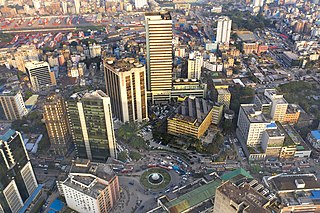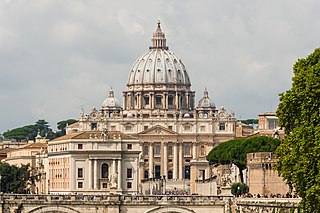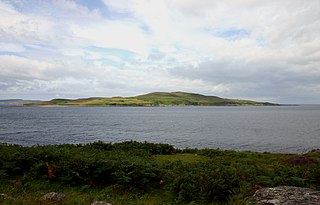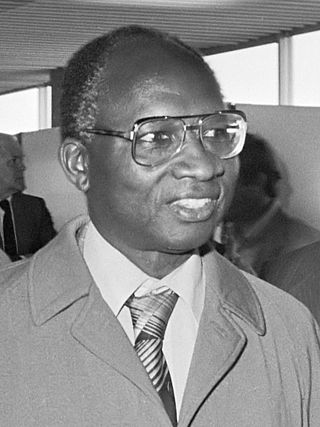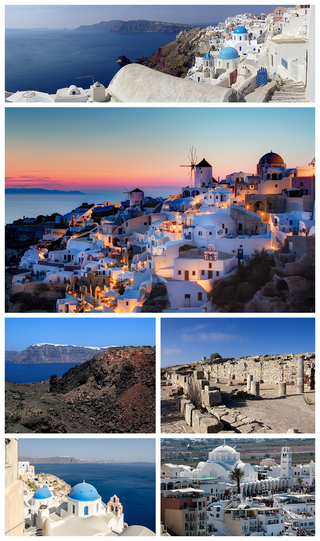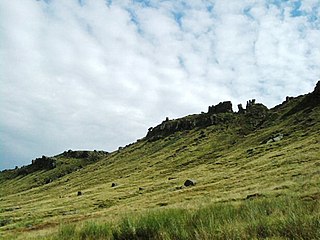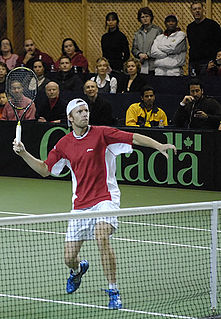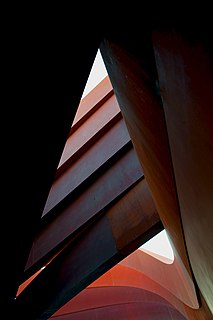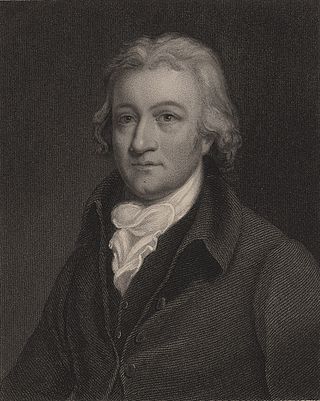
Savar Upazila
Savar is an Upazila of Dhaka District in the Division of Dhaka, Bangladesh and is located at a distance of about 24 kilometers (15 mi) to the northwest of Dhaka city. Savar is mostly famous for the National Martyrs' Memorial, the national monument for the martyrs of the Liberation War of Bangladesh.


